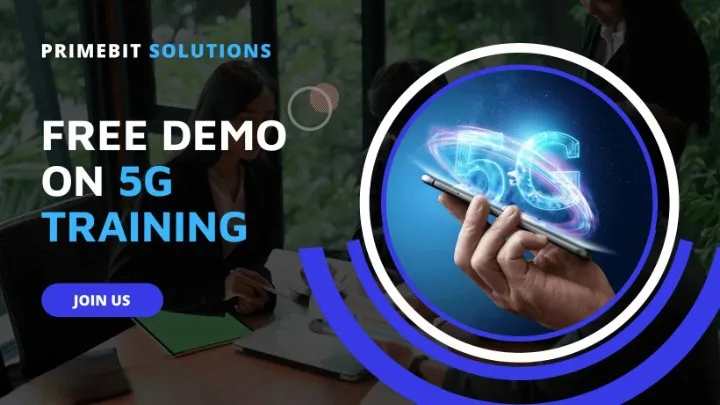
Free Demo
Enroll For Free Demo
Fill the form to enroll and get free demo from our qualified trainers.
Primebit Solution is a well-established Telecom-IT company with its presence in HYD. The company deals with innovative technologies in Telecom-IT Domain. The major focus of our organization is on innovation, extensive R&D on telecom protocols and IOT applications. Having worked with companies like Microsoft, IBM, Motorola, Fujitsu, HP, Sameva Inc., Advent Global and educated at CMR group, NIITs, IITs, our pool of technical consultant team has a proven record of accomplishment in providing telecom courses, professional Telecom training and IOT training to the next generation students. Our specialist combines cross-functional technical skills with a deep understanding, unique perspective and hands on experience of the next generation of technology.
Primebit Training Curriculam is tailored according to trending industry needs.
Primebit offers a blend of classroom, instructor-led online & E-learning
You enjoy being on the leading edge of the technology transformation and enjoy solving business problems
Trainers at Primebit are real time experience, certified & best in industry
Take courses online for full time or part time while connecting connecting with Primebit faculty
Primebit offers extensive support even after completion of training to clarify trainers doubts
We have monthly 1000+ request to be joined course.



With this information that we provide, you can learn anything together. And sepecially, you can learn with experts any time, any where.






We have well-qualified professionals who are eligible in conducting programs and sessions for Training.


We have well-qualified professionals who are eligible in conducting programs and sessions for Training.


We have well-qualified professionals who are eligible in conducting programs and sessions for Training.
Feedback
I joined this training in live online mode. when i faced interview in different semiconductor companies,all the question was asked already covered in class. and eventually today iam in USA associated with top semiconductor company."
LTE Protocol Development
" Before joining Primebit Solution I was nervous and scared of Technology and IOT Training .But within a week i saw a drastic change in me.I see a huge improvement in my Technical and Inter-personal skills."
Infosys Software Development
The Best Telecom Training methodology at Primebit Solutionis really brilliant! It has made my fundamentals so clear that I can hardly wait to get working and put my learning into practice.
Qualcomm Protocol stack Testing
WhatsApp us